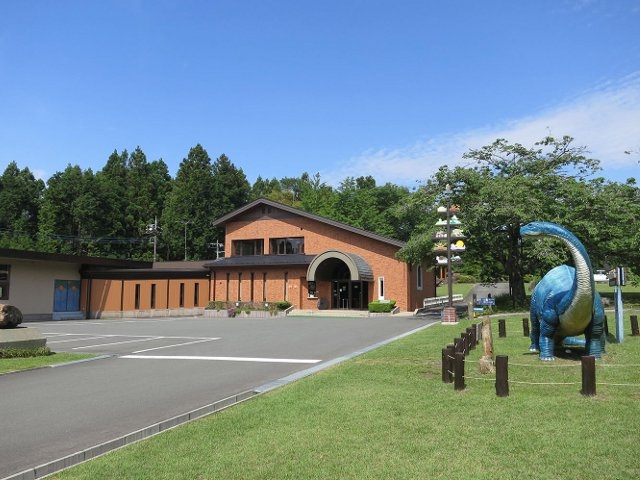
A museum where you can meet interesting stones (odd stones) such as konjaku stone and TV stone, as well as mysterious minerals and fossils from all over the world. Fantastic glowing stone rooms with fluorescent minerals and beautiful jewelry rooms are also popular. In addition, on Saturdays, Sundays and holidays, you can also experience the most popular jewel search experience at the attached "Jewel Waku Waku Square". General (elementary school students and above) 600 yen for 30 minutes once, and infants (2 years old to preschoolers) 300 yen for 30 minutes once. You can look for over 40 different gems to take home, and if you're lucky, you can also get rare stones such as rubies and diamonds.
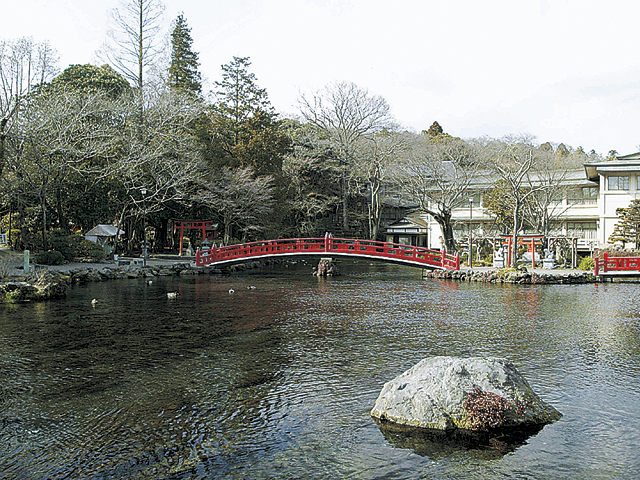
It is a pond in the precincts of the Asama Taisha Shrine of the Mount Fuji Main Temple, and is a nationally designated special natural monument. The melting water of Mount Fuji springs up by about 20 tons a day, and the water temperature is almost constant at about 13C for the whole year. It is also chanted in the songbook of Taira Kanemori, who became Suruga Mamoru during the year of the calendar. It is said that the people who once visited the Asama Taisha Shrine of the main shrine of Mount Fuji performed water-isolation in the upper pond of the Yutama pond before heading to Mount Fuji.
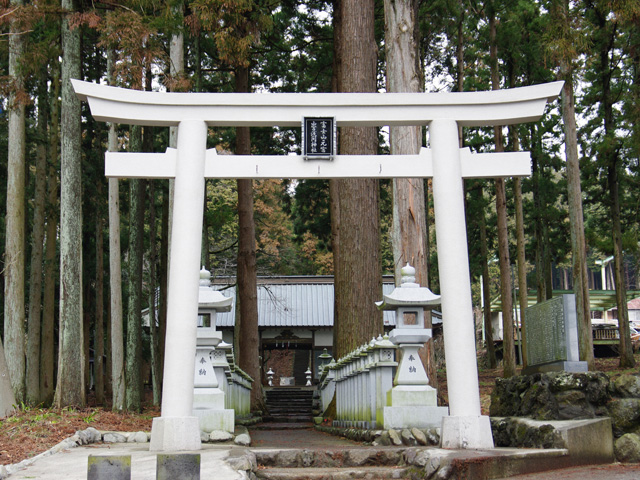
Yamamiya Asama Shrine is said to be the place where Fuji-jin, the priest god of the Asama-Taisha Shrine (hereinafter abbreviated as "Asama-Taisha"), was first enshrined, and became "Yamamiya" by being routed to the present Asama-Taisha Shrine as Asama-jin. It is considered to be the oldest shrine of the Asama Taisha Shrine in the whole country. There is no shrine in the precincts, and there is a place of worship to worship Mt. Fuji directly, and the form of Mt. Fuji ritual from ancient times is still alive. The information desk of Yamamiya Asama Shrine is opened on Saturdays, Sundays, and public holidays, and is staffed by the Mount Fuji World Heritage Guide. One of the constituent assets of the World Heritage "Mount Fuji-Objects of Faith and Sources of Art-".
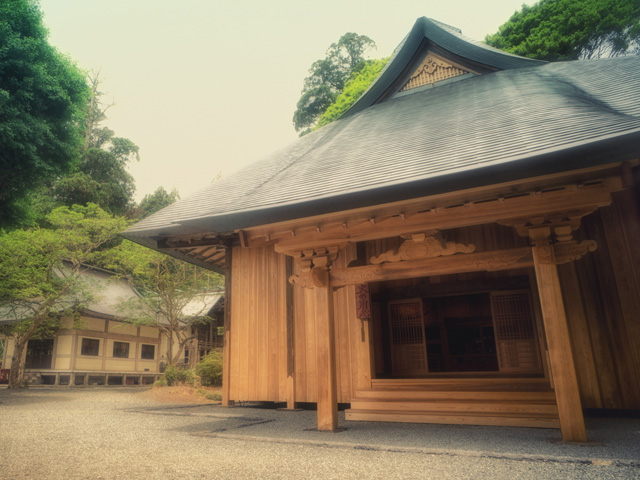
The Murayama-Asama Shrine was a base of Shugendo, with Kyoto's Shōgun-in as its main temple, until the beginning of the Meiji period, and was the center of Fuji Shugen. During the Sengoku period, it was protected by the power of the time, the Imagawa clan, and a large number of its predecessors and climbers (climbers) gathered to flourish as a center for climbing Fuji. In the Meiji period, the temple was abolished in the wake of the Shinto-Buddhist separation law, and the Dainichido and the Asama Shrine were separated. The Murayama Asama Shrine Information Center is opened on Saturdays, Sundays, and public holidays, and is staffed by the Mount Fuji World Heritage Guide. One of the constituent assets of the World Heritage Site "Mount Fuji-Objects of Faith and Sources of Art".
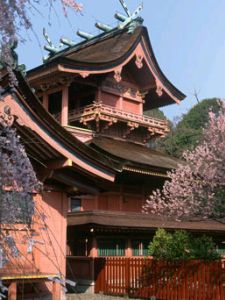
The constituent heritage of Mount Fuji, a World Cultural Heritage Site. It is honored as the main shrine of the Asama Shrine, which has more than 1300 nationwide. It is reported that in the first year of Datong (806), Sakaue Tamura Maro was settled here. The precinct is wide, and the current main shrine (Important Cultural Property), which stands beyond the long approach, is built by Tokugawa Ieyasu. The only two-story main shrine in the nation is a stunning Asama building. The Yutama Pond (Special Natural Monument), located in the main shrine, Yokote, is a sacred pond where followers of the Mount Fuji faith once cleansed themselves before climbing. Although the snow melt water of Mt. Fuji began to spring, it is still a water source of the Kanda River, which flows through the city of Fujinomiya. On the main street of Taisha, there is a busy shopping street from the old days. The Yabusame Festival in May is also famous.
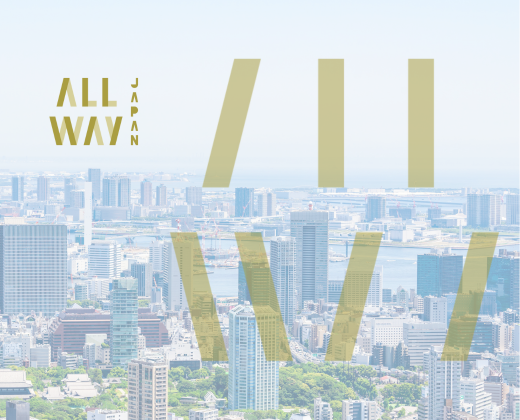
The ancient temple founded by Nikko Jyojin, a high brother of the Nichiren Saint, in the year of Yongin 6 (1298). In the precinct, a giant cedar, which is about 7m around the trunk of Nikko Jinjin's hand-planted tree, is extant after more than 700 years of wind clouds and disasters, and has a historical temple-like drift.
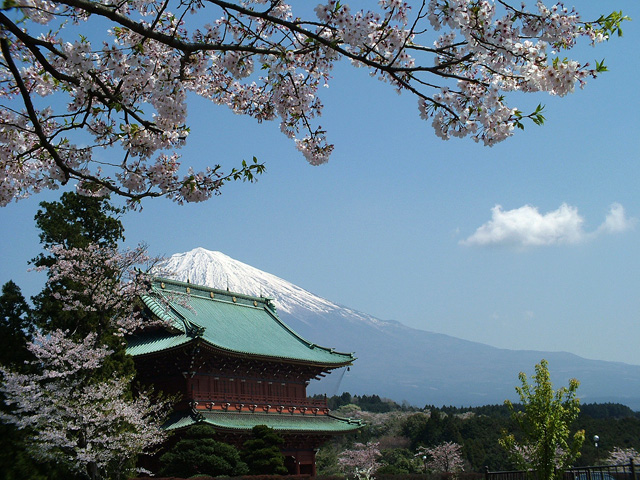
It was founded by Nikko Jinjin [Nikkōshōnin] in the year 1290 (1290) at the headquarters of Nichiren Masamune. On the large site, there are buildings with a sense of history, such as the 22m high and the 24m frontage gate of the Zukemata, the Mikage-do, and the 34m high five-storied pagoda (Important Cultural Property) built in the mid-Edo period. A large number of cherry trees are planted and the flowering season is well-watched.
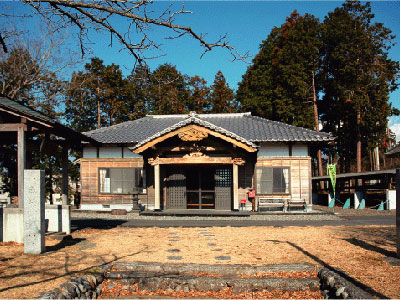
A shrine built in 1823 to worship the spirit of a young girl (mother). The god of the festival is called "Yasu (Yasu)", and is famous for being a new shrine for child treasure, safe-living, and child-rearing. It has also been selected as the first place in the "I'm glad I went" division of the prefecture's "Angel Powerspot General Election". It is said that if you stroke a wooden carved dog statue, you will be blessed with child treasure, and a large number of worshipers from outside the prefecture visit.
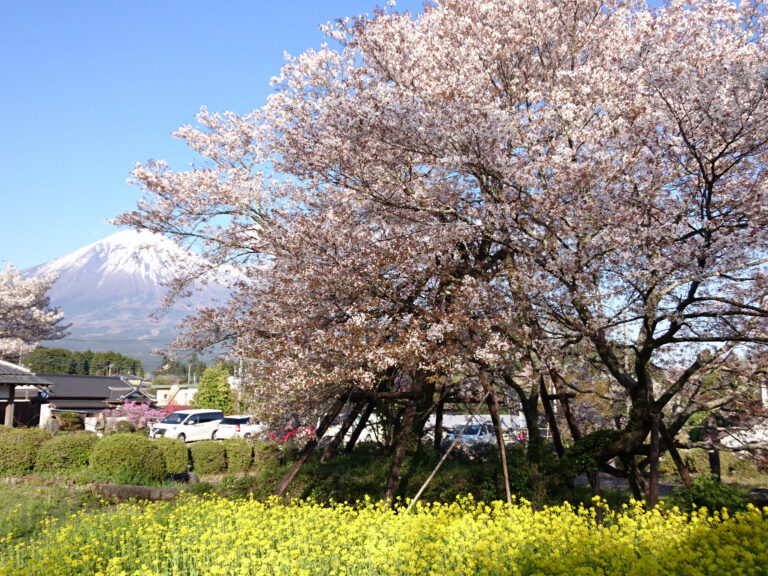
It was reportedly called "Shimoma Sakura" when Minamoto no Yoritomo connected horses to the cherry blossoms in front of the Ide family during the Maki-hunting of Fuji (1193). It said its scientific name was Acameshirovana Yamazakura, and in March 1952, it was designated as a national special natural monument. It is also called the cherry blossom of the frame.
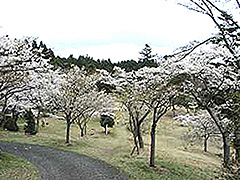
Due to its location at an altitude of 500m, the flowering time of cherry blossoms is different from the built-up area for about one week, and there are about 300 Yoshino cherry trees in the park.











